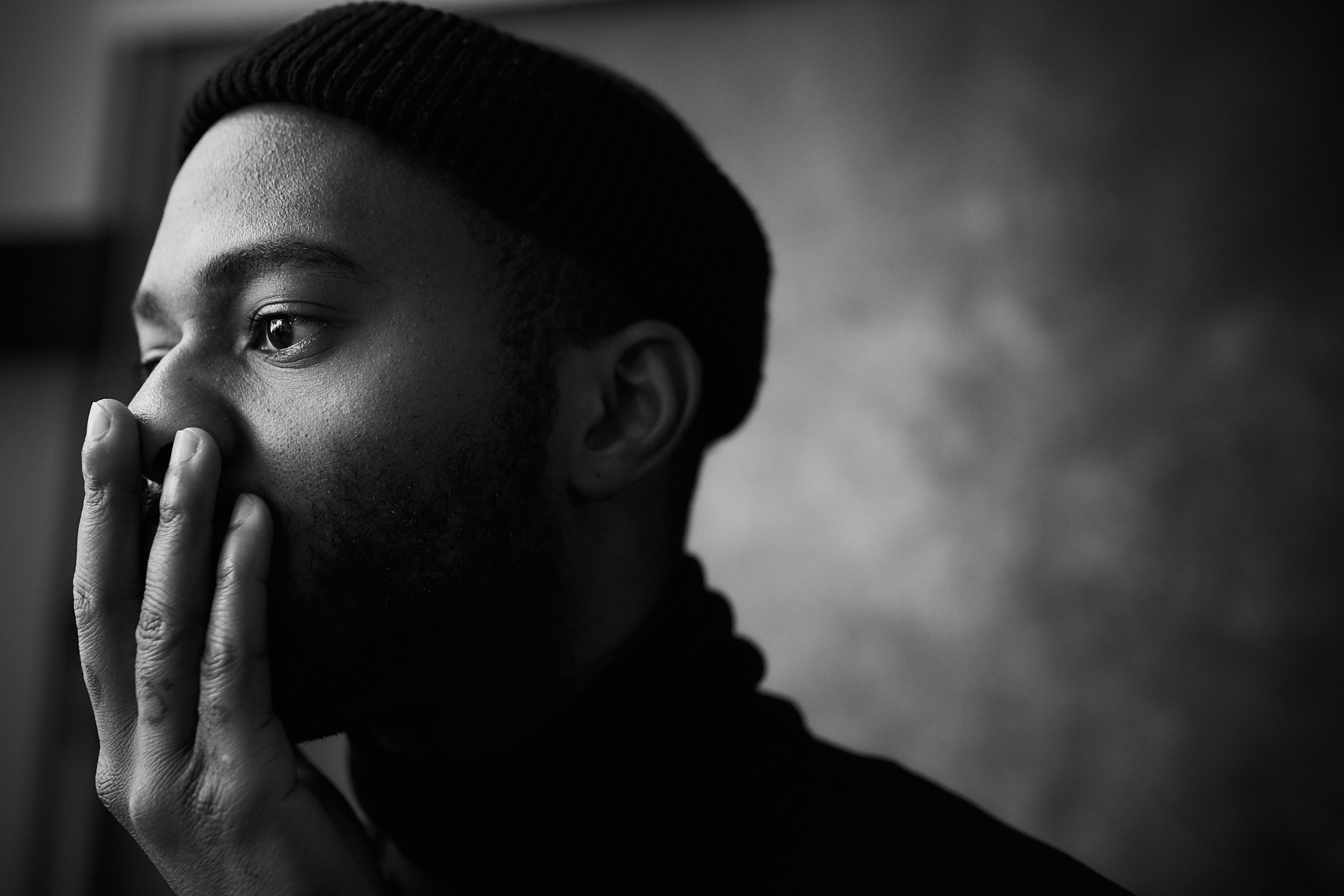Why Questions Matter More than Answers For Creative Thinking.

Why Questions Matter More than Answers When it comes ot Creative Thinking.
As the world continues to make strides in the field of artificial intelligence, creativity is increasingly being heralded as the holy grail of human traits. And while most of us may think that creativity is all about finding the right answers, it turns out that it's actually more about asking the right questions—especially in an age where robots and algorithms are taking over the task of problem-solving and your job it to ask the right questions to produce a unique output.
In his book, "Freaky Thinking," Chris Thomason lays out a process designed to help employees think more creatively in today's work environment. To illustrate this point, let's explore this concept with a humorous spin, in a world where AI is everywhere.
Imagine, if you will, a future where robots are responsible for answering all our questions. Need a recipe for dinner? Ask your robot chef. Need to know the fastest route to work? Consult your robot chauffeur. And while these AI-driven answers may seem like the ultimate convenience, they also present an interesting challenge for the human race: How do we maintain our creativity in a world where all the answers are just a robotic query away?
The solution, according to Thomason, lies in a process he calls "freaky thinking." This process involves five steps, each designed to help individuals tap into their innate creativity through the power of questions.
Step 1: Identify the killer question. This is a question so bold and powerful that it ignites a fire within the asker, inspiring them to find a solution.
Step 2: Dissect the killer question. Break it down into its component parts, considering both the target sector and the scale of change desired.
Step 3: Free that creativity. Rather than lounging on a bean bag waiting for a lightning bolt of inspiration, actively engage your imagination to create new combinations of existing ideas.
Step 4: Combine the best ideas. Pool your best thoughts and merge them to create something more interesting, or use them to spark a third, even better idea.
Step 5: Build great concepts. Be open to collaboration and criticism, incorporating suggestions to create more robust ideas.
In a world where robots rule the roost, these steps can help individuals tap into their creative potential and prove that human ingenuity is still alive and well.
Take, for example, a world where robots have monopolized the pizza delivery industry. Sure, their AI-powered navigation systems and speedy delivery times might be impressive, but where's the human touch? Instead of lamenting the rise of robotic pizza deliverers, you could apply Thomason's freaky thinking process to devise a new, human-centric pizza experience—one that might involve customizable toppings, innovative cooking methods, or a side of live entertainment.
By asking the right questions and following the freaky thinking process, humans can continue to thrive in a world dominated by AI. And the best part? You don't need a robot to help you do it.
As the world becomes increasingly automated, it's important for individuals to nurture their creativity by focusing on the power of questions, as humans rely on AI-generated answers. Through the use of Thomason's "freaky thinking" process, we can continue to challenge ourselves, spark innovation, and maintain our creative edge in an age where robots may seem to have all the answers—but only if we dare to ask the right questions.






